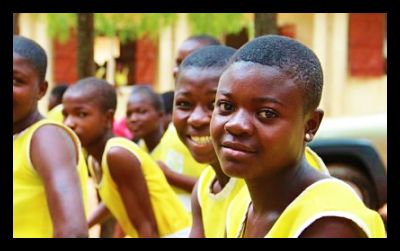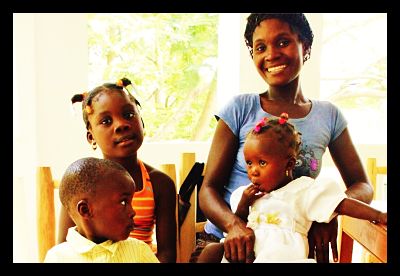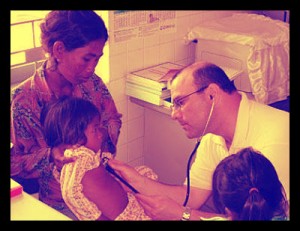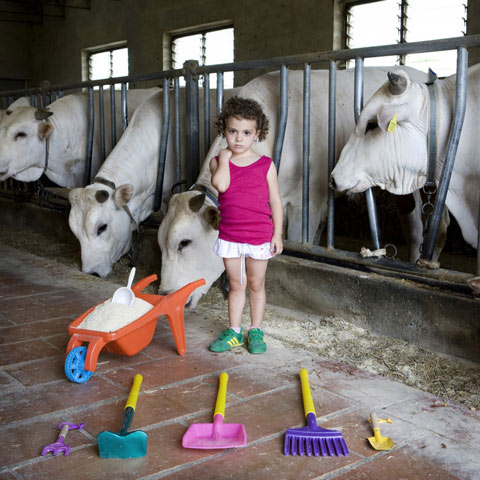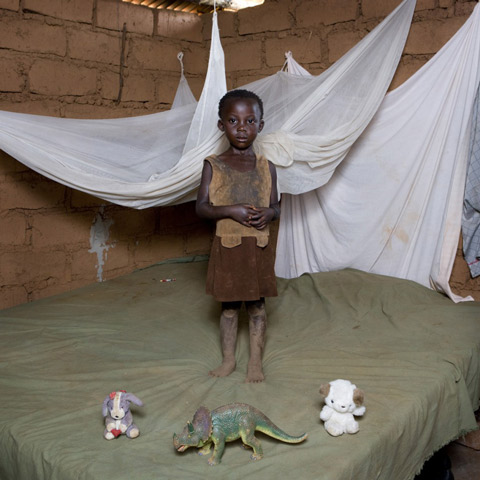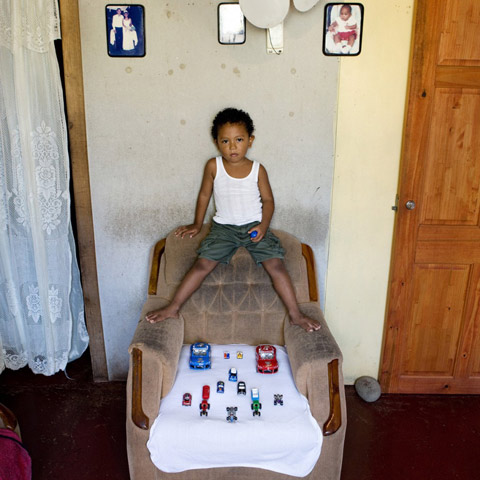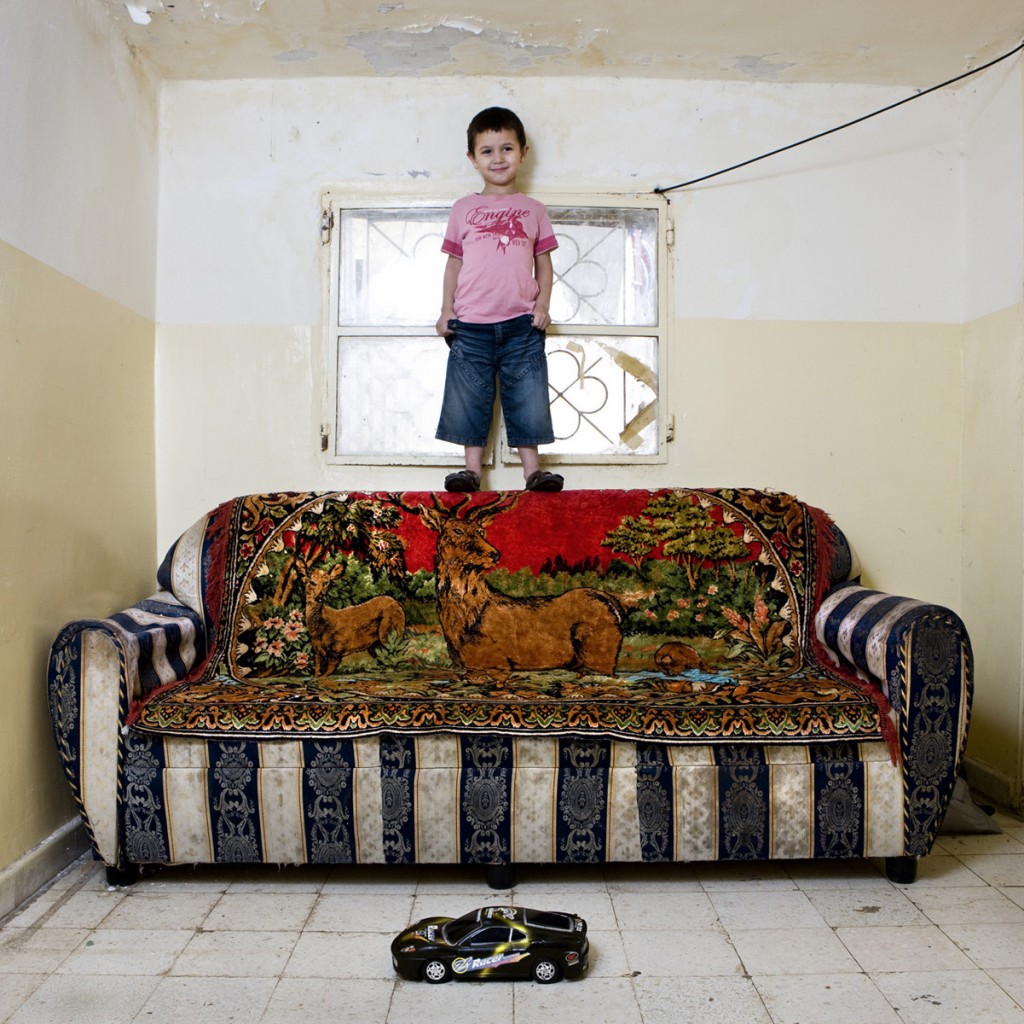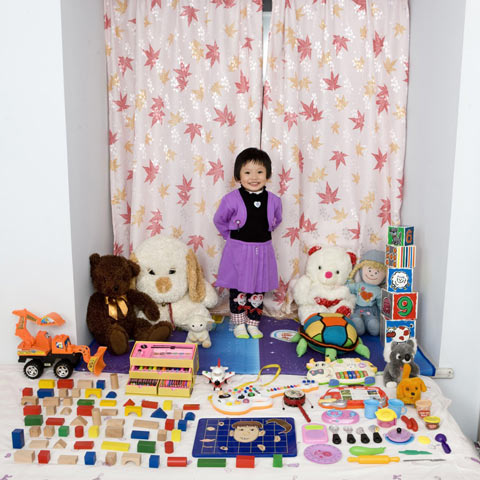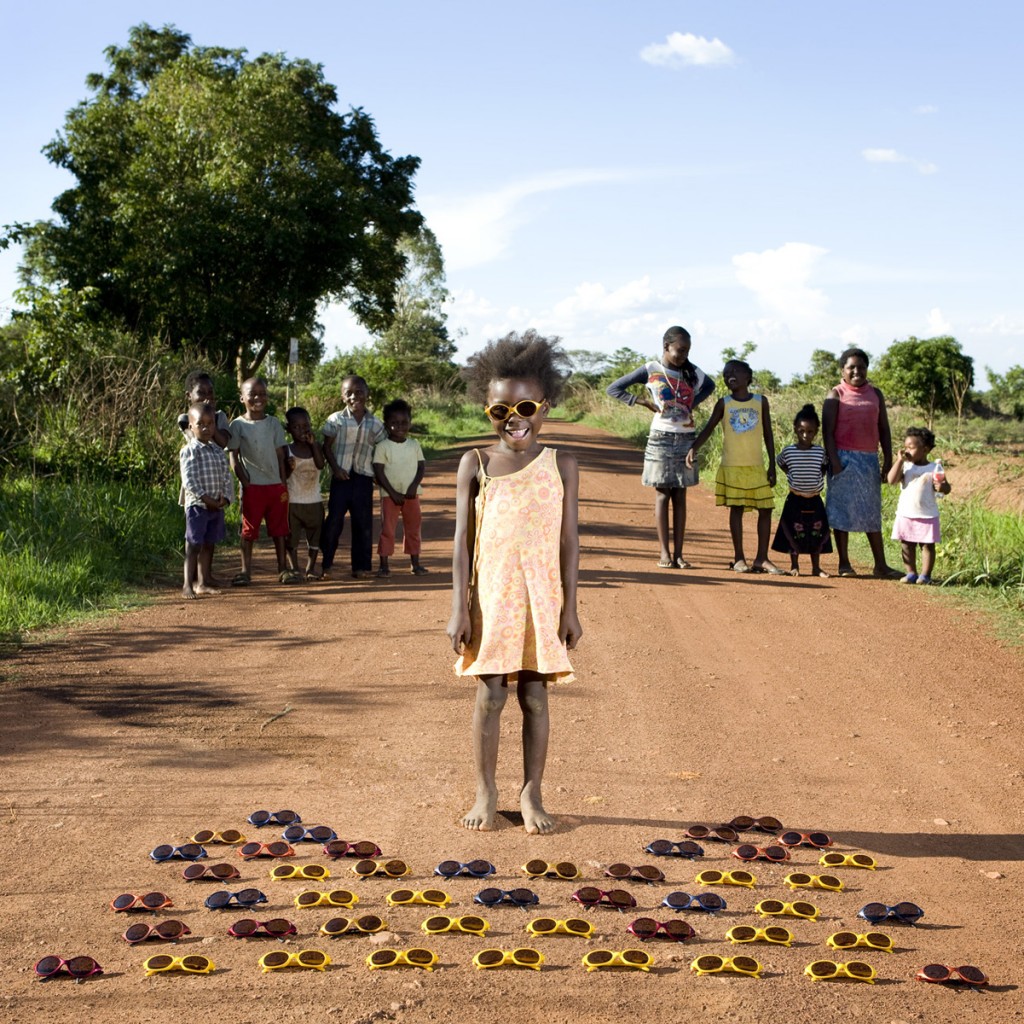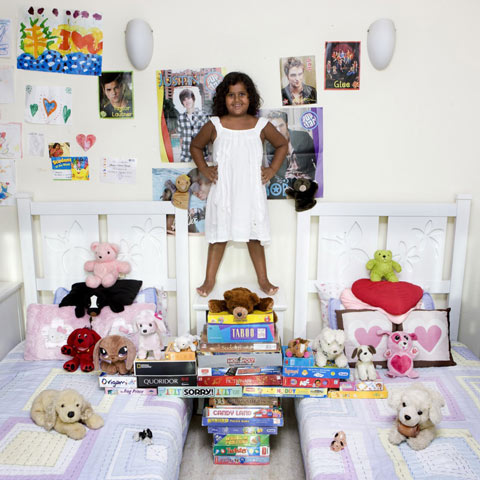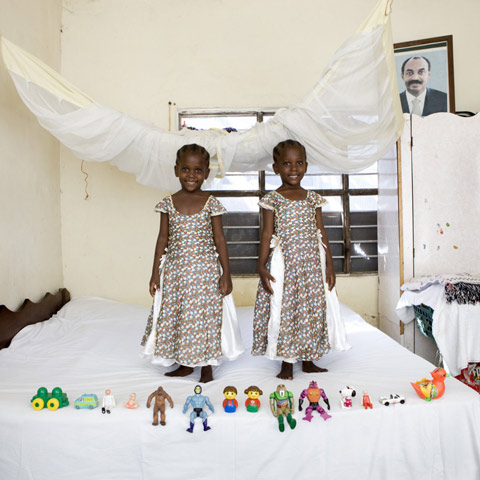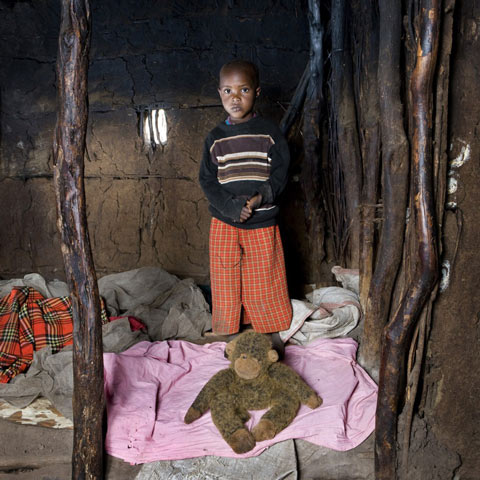
Ending the practice of child marriage is an important step in eradicating global poverty and improving global health. Countries that have a high rate of documented child marriages also rank high in infant and maternal mortality as well as perpetual poverty. Here are some key steps to ending the practice:
- Transform cultural norms; In many places, child marriages are considered acceptable no matter the age or age difference between prospective spouses.
- Establish community-based programs; Often, the groups that are the most effective in combating such issues are already rooted in the affected communities. Such grassroots efforts, when combined with enforced national laws and policies that prohibit child marriage can greatly decrease them.
- Increase education; Girls who have access to education are less likely to marry early than those with minimal or no schooling. Even girls who are married, however, should be to encourage their education. This will help to make them more qualified for any economic opportunities that may come their way.
- Provide economic opportunity; Many girls enter into marriage at a young age because of the dowry given to their family by their prospective groom. Young women are also sometimes forced into marriage by their families when they can no longer afford to take care of them, or when it appears that the groom’s family will be able to better provide for her. Thus, practices such as micro-lending, savings clubs, and job placement programs can provide other options.
– Samantha Mauney
Source: ICRW
Photo: Sulekha
